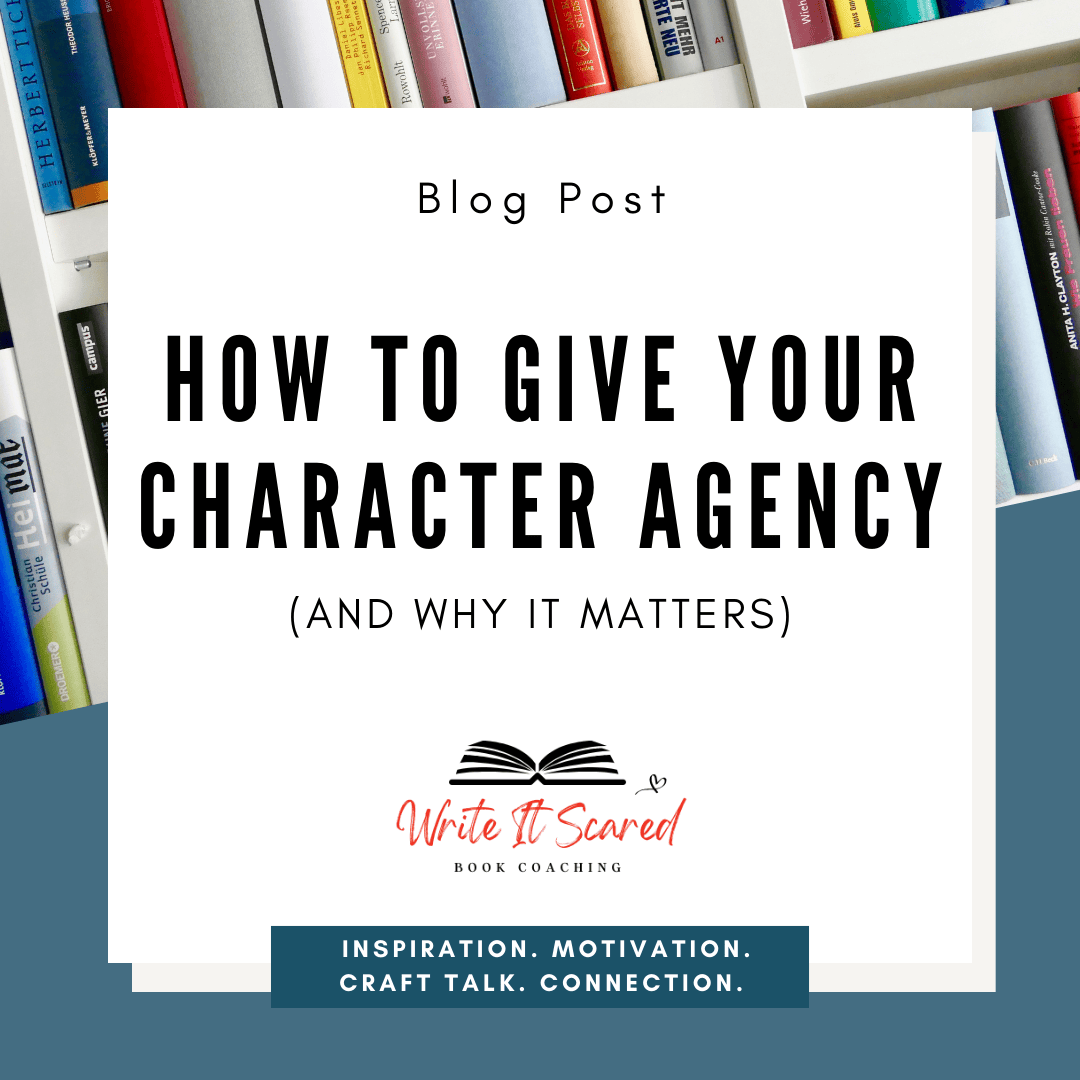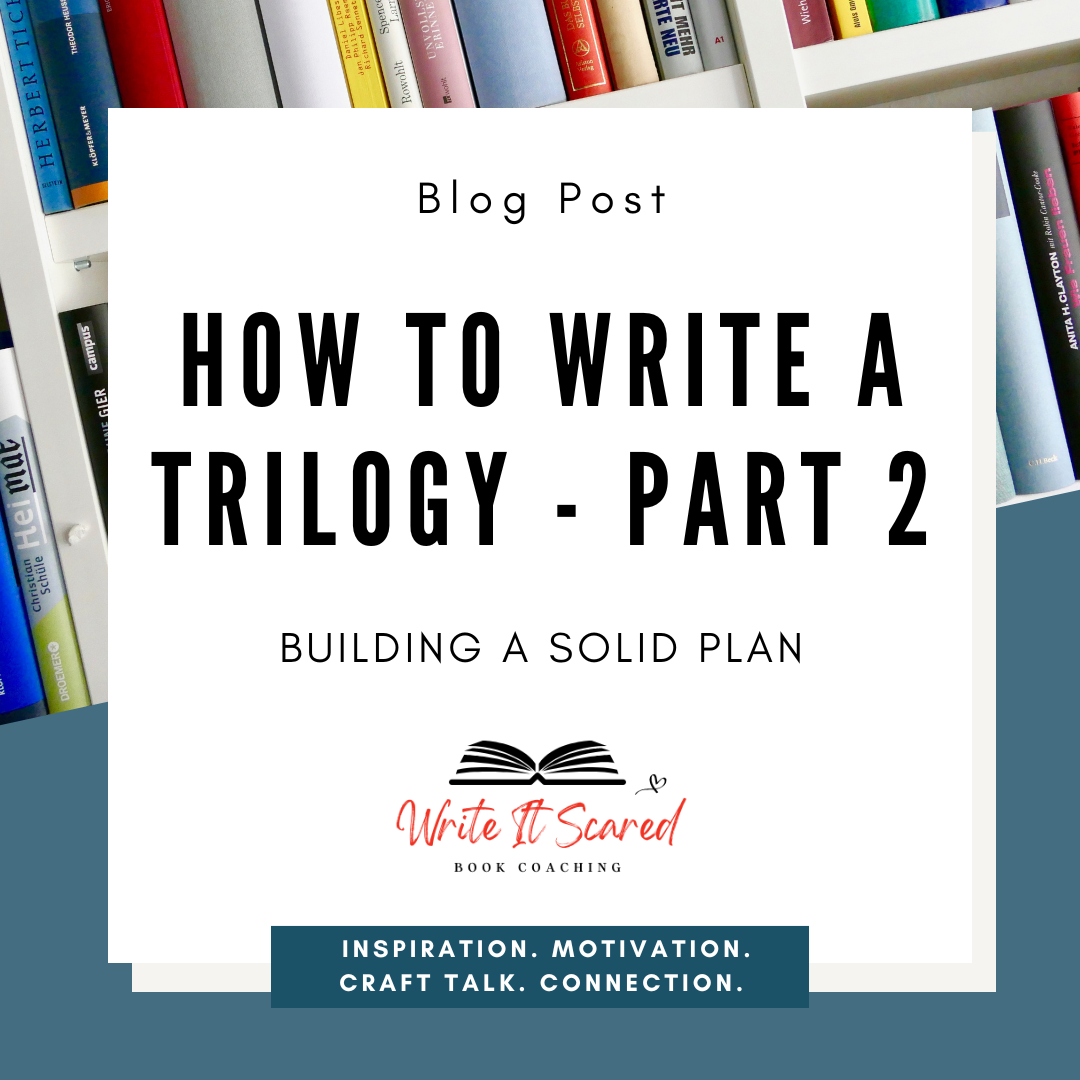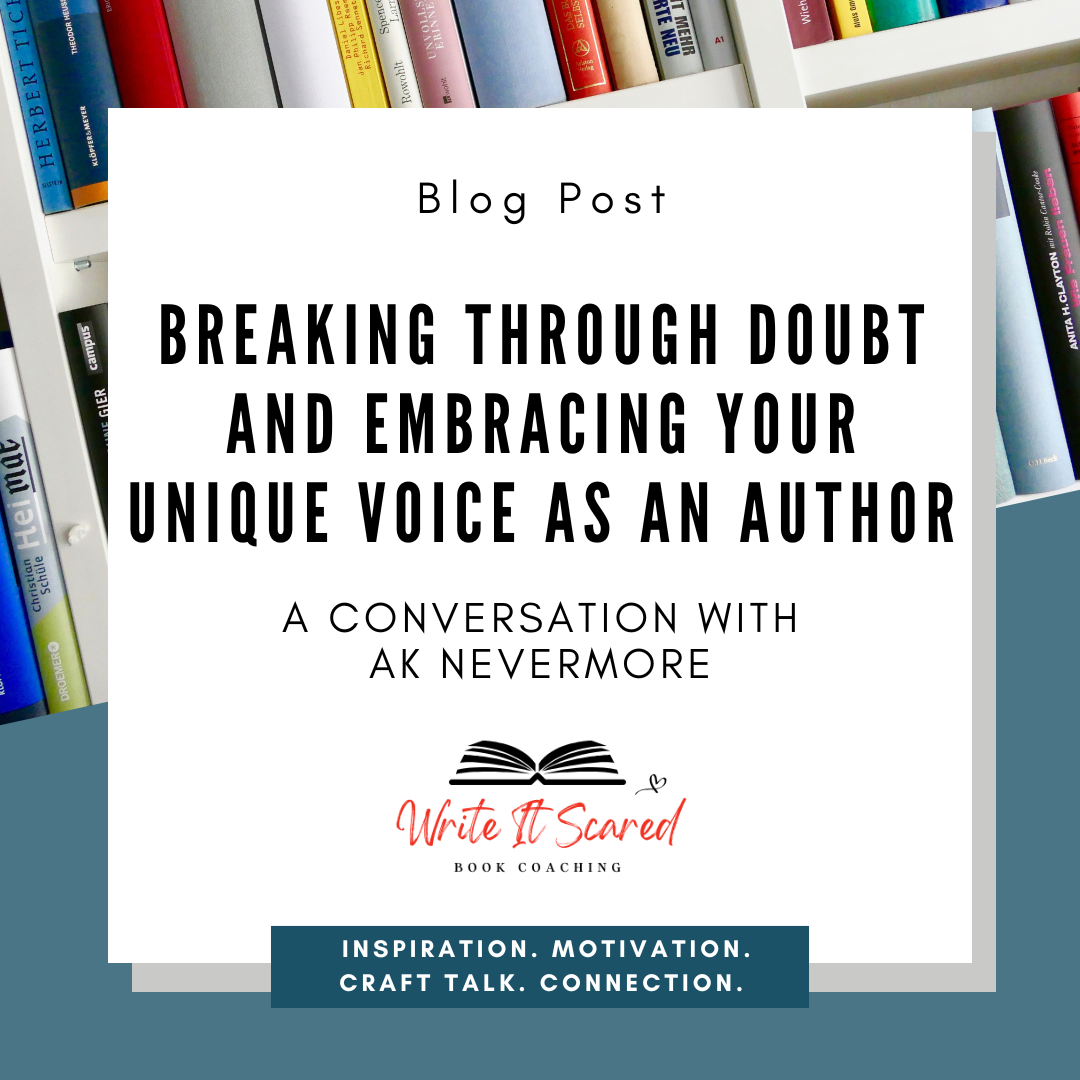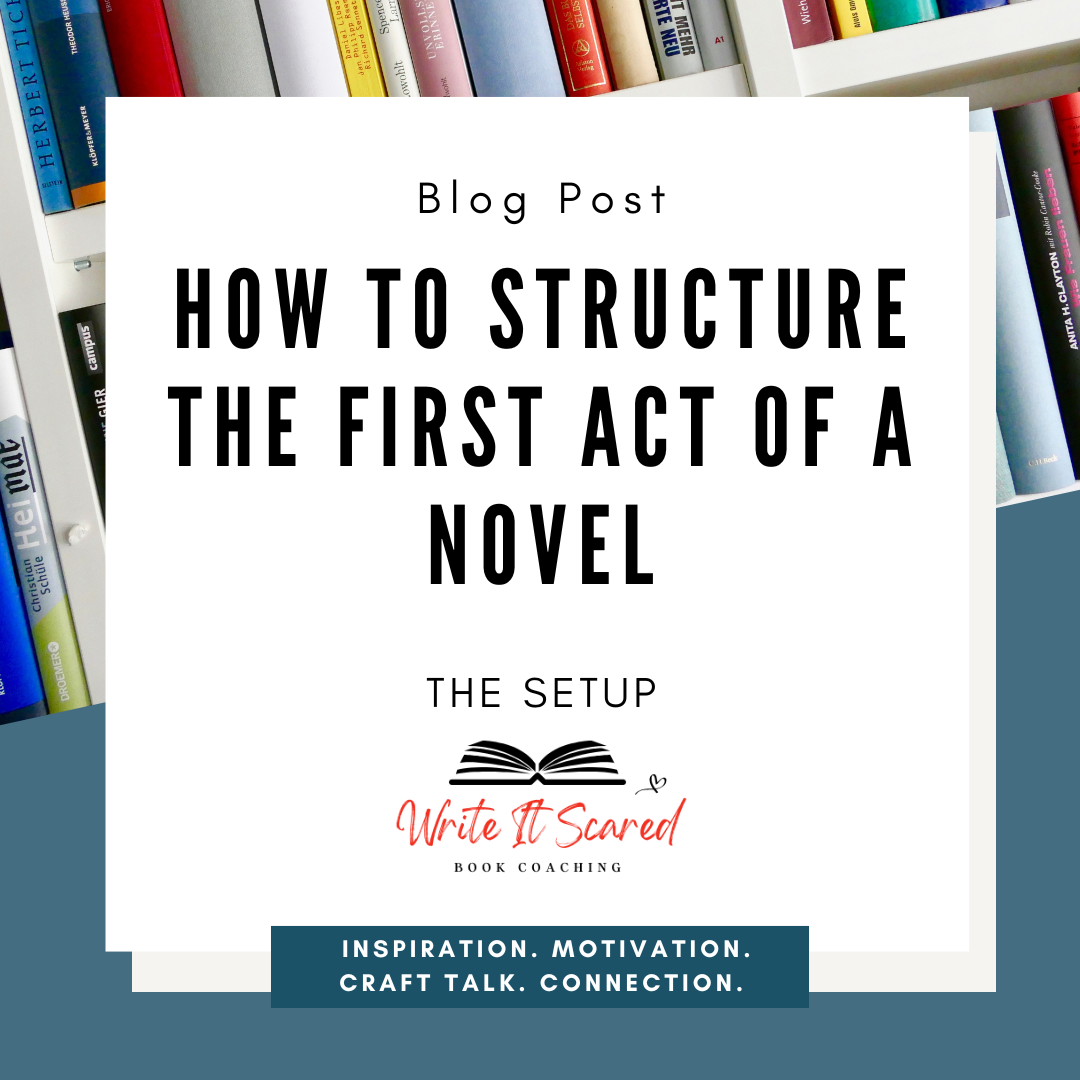
How to Create Stakes in Your Fiction Novel That Hook Readers
Want to write a novel readers can’t put down? Learn how to raise the stakes in your story so readers care deeply about your characters and keep turning the page.

How to Figure Out What the Hell Your Character Wants: Goals vs. Desires
If you’ve ever struggled to untangle what your character wants versus what they need—or to sort out all the talk about “external goals” and “internal objects of desire,” well then you’re not alone. It really comes down to goals and desires. In this article, I’m digging into what makes goals and desires different, why both matter, and how to use them to braid plot and character transformation together!

How to Give Your Character Agency and Why It Matters
Character agency is one of those things we’re told we need, but all too often I see writers struggle with what it actually means, how to create it, and how to get it on the page. So I’m breaking it down for you this week!

How to Write a Trilogy - Part 2: Building a Solid Plan
Today we’re circling back to talk a bit more in depth about writing a trilogy, specifically a dynamic trilogy–a single overarching story told in three acts (each act is a book).
I didn’t finish the dynamic trilogy I was writing a few years back and I don’t want that for you if you’ve got an idea you want to span three books. So let me share the lessons I’ve learned.

Lessons on Hope for Writers on Season 2 of the Write It Scared Podcast
As Season 2 of The Write It Scared Podcast comes to a close, I want to leave you with something that feels a bit like a love letter.
Because this season wasn’t just about interviews or craft or even mindset. It was about staying in it. About not giving up when things get hard. About remembering why we write, especially when it’s messy or slow or full of doubt.

How to Write Historical Fiction: Tips from Author Susanne Dunlap
How can a writer balance historical accuracy with compelling storytelling? And how much research is too much? Let’s dive into the craft of historical fiction with Susanne Dunlap, acclaimed author, writing mentor, and all-around historical fiction powerhouse.

How to Use Story Structure and Character Arcs to Write More Compelling Fiction
Today, we’re diving deep into some essential craft topics: story structure, plot, character arcs, and character development. These elements are inseparably linked, and understanding how they interact will elevate your writing.

How to Write a Horror Novel that Satisfies Readers
Even if you don’t write horror specifically, understanding this genre will make you a better storyteller. Horror is a genre that transcends, crosses literary lines, and many of the novels we love today blend in elements of this incredibly versatile storytelling machine. Not only does horror transcend, but it exists on a spectrum: from the cozy, quiet creep to full-on, in-your-face slasher/splatter gore.

How to Foreshadow In Fiction Like a Boss
In this article, we will define foreshadowing, explore the different types with examples from popular novels and films, and discuss techniques you can use to foreshadow effectively in your fiction writing.

How to Write a Seamless Flashback In Your Fiction Novel
Flashbacks are a mainstay of commercial fiction, especially in the suspense and romance genres. When done poorly and placed improperly, yes, they are painful to read. But here’s the secret…when you learn to write a flashback well they become a fluid part of the narrative. You don’t even notice them—and really, that’s the goal.

Breaking Through Doubt and Embracing Your Unique Voice as an Author
How do you come back from the dead?
Recover from being told who you are and what you write is wrong?
From bending yourself around like a pretzel trying to fit someone else's writing mold only to figure out that it’s pointless because it sucked the joy and life out of what you stand for?
If you write dark, spicy romance in the wheelhouses of sci-fi or fantasy, or if you struggle to express your voice in writing, you don’t want to miss this conversation.

Announcing The Write It Scared Podcast - Why I’m Doing It Scared!
This podcast for fiction writers has been a dream of mine for a long time and I want to share with you the why behind it.
The Mission: Tell the truth about why writing a novel is so hard by acknowledging that most writers grapple with two stories: the one they want to put on the page to the best of their ability and the often subconscious internal story that prevents them from doing it.

How to Tone Down the Critic and Tune In To Your Inner Writer’s Wisdom
As writers, we often talk about the painful struggle of dealing with our inner critic and are constantly looking for ways to silence that internal writing bully. You know the voice I'm talking about. It’s that pushy one who always says some version of "not good enough."

How to Structure the First Act of a Novel: The Setup
Act I encompasses the first twenty-five percent of the novel. It’s everything between the hook and the kick-off of the second act, including the inciting incident, but unfortunately, it’s misunderstood.
The purpose of the Setup is to establish the story’s premise. It answers the “what is this going to be about?” question. It’s a working part of the story, and it whets our appetite for more.

How Narrative Distance Impacts Show vs. Tell in Fiction Writing
I want to cover Narrative Distance and how it relates to show vs. tell.
If you are new to writing fiction, this term might make you scratch your head. If you're an old hat, this will be a familiar review.

How to Write Effective Subplots in Your Fiction Novel
Subplots In a fiction novel are necessary to make a story layered and engaging. This blog post, written by Author Accelerator certified book coach Stacy Frazer, will help you write compelling subplots for your book that don’t steal the show.
